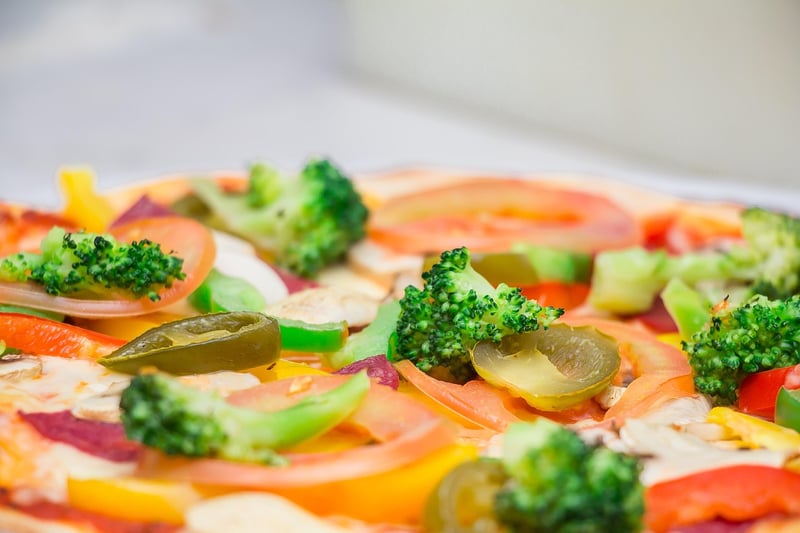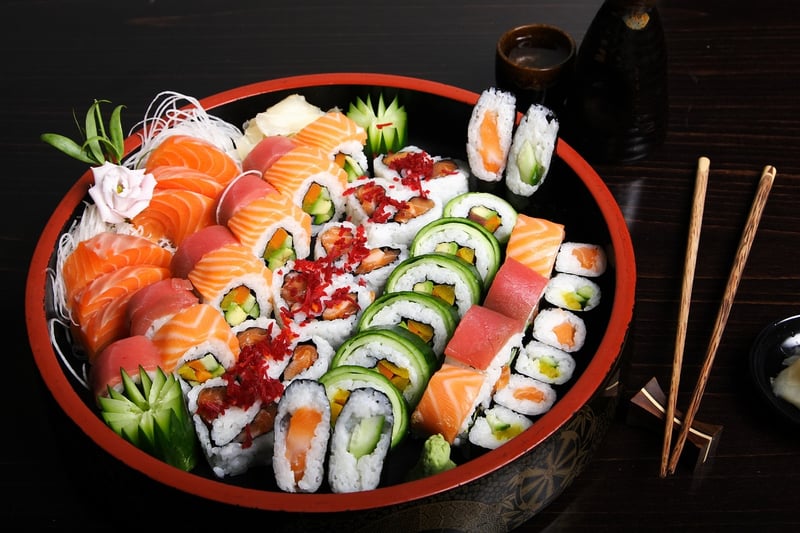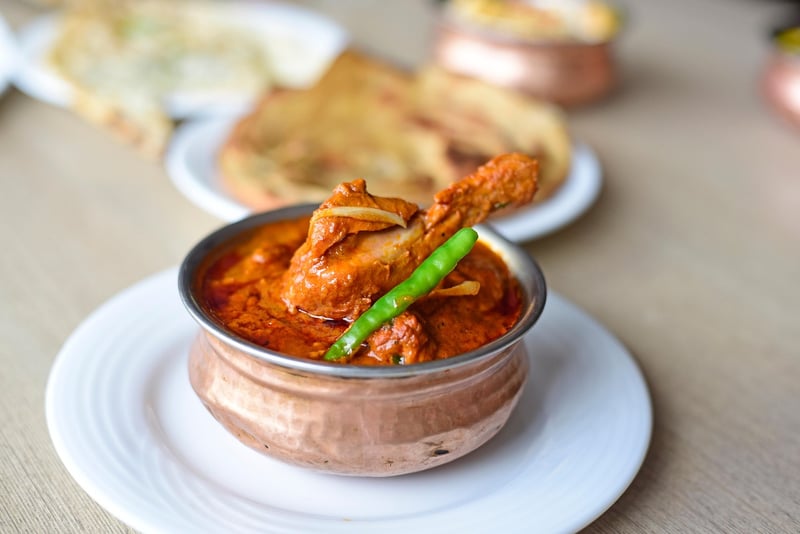Modern Adaptations
The Influence of Culture on Cuisine and Modern Adaptations
Food is an integral part of culture, reflecting traditions, history, and values of a society. The impact of culture on cuisine is profound, shaping not only what people eat but also how they prepare and consume their meals. Let's explore how different cultures influence culinary practices and how these traditions are adapted in modern times.
Cultural Influence on Cuisine
Each culture has its unique culinary heritage, ingredients, cooking techniques, and flavor profiles that are passed down through generations. For example:
- Italian Cuisine: Known for its use of fresh ingredients like olive oil, tomatoes, and herbs, Italian cuisine emphasizes simplicity and quality.
- Japanese Cuisine: Focuses on umami flavors, precise knife skills, and aesthetics, with dishes like sushi and ramen gaining global popularity.
- Indian Cuisine: Rich in spices and flavors, Indian dishes vary by region, showcasing a diverse range of vegetarian and non-vegetarian options.
Modern Adaptations
As the world becomes more interconnected, culinary traditions are blending, leading to innovative fusions and modern adaptations of traditional dishes. Some examples include:
- Sushi Burritos: A fusion of Japanese sushi and Mexican burritos, combining fresh fish, vegetables, and rice in a portable wrap.
- Ramen Burgers: A creative twist on the classic burger, using ramen noodles as the bun for a unique texture and flavor combination.
- Tikka Masala Pizza: Blending Indian flavors with Italian cuisine, this pizza features a creamy tikka masala sauce with chicken and traditional pizza toppings.
In conclusion, the influence of culture on cuisine is undeniable, shaping the way we eat and appreciate food. While traditional dishes hold a special place in culinary heritage, modern adaptations and fusions continue to push boundaries and create exciting new flavors for food enthusiasts around the world.



